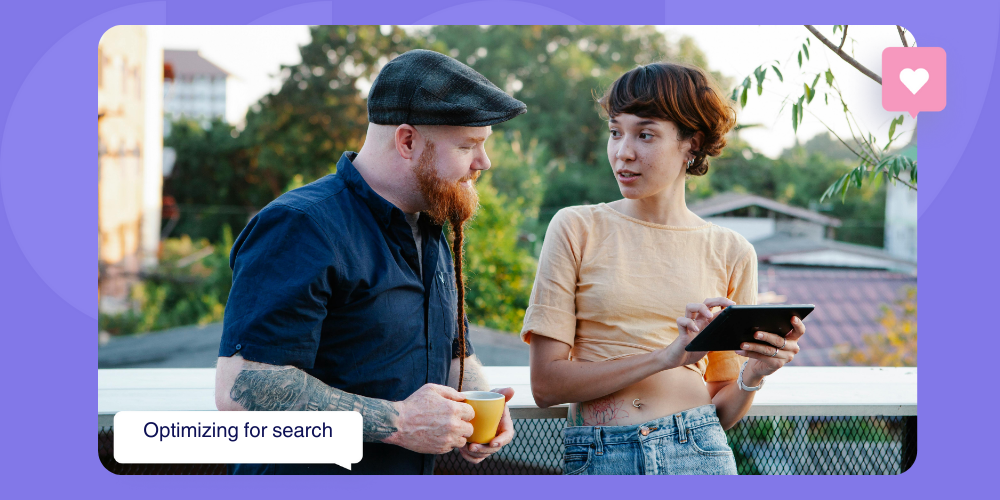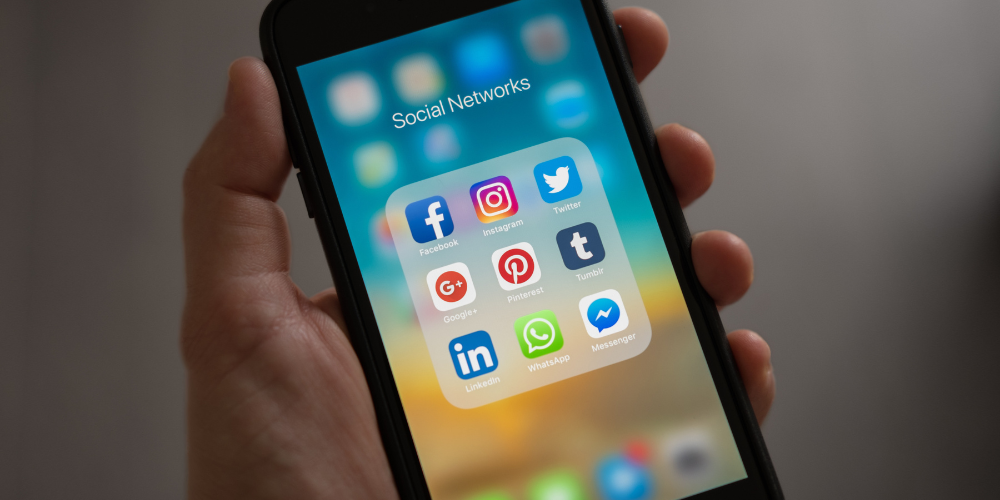The other half of social media marketing: replying

Table of contents
You know the importance of engaging social content. You know how a great Tweet, Facebook post, or Instagram photo can lead to greater brand recognition and sales.
But when this content gets noticed—and gets a reaction—will you be ready to respond? It’s important not to forget or underestimate the other half of your social media marketing strategy: responding. Oftentimes, responding to comments, likes, or shares is just as crucial for social media management as creating something great in the first place. This emphasized interaction, appreciation, and connecting the brand with the audience. This post will advise on the best practices for your social media management responses.
Listening
Spiderman sits atop the city using his “Spidey-sense” to find bad guys and swing in to save the day. Superman can fly out into space and listen to millions of voices simultaneously, before zooming down faster than a speeding bullet to save the next innocent civilian in danger. Batman can… well, Batman always seems to be in the right place at the right time. Never mind, that’s beside the point. The point is that, without an excellent method of listening, it is hard to know when to act.
To identify the right people and posts to reply to, you need an effective way to listen to your social channels. In an age where social media marketing is, perhaps, the king of audience interaction, brands are utilizing numerous channels and creating hundreds or thousands of individual posts a month. Each of these has the potential to be liked, shared, or commented on. It’s a lot to take in—and none of us is Superman.
Utilizing a platform like Oktopost, brands can monitor, organize, and listen to all of their social media interactions. For example, no other B2B marketing platform can engage your organization in social listening in LinkedIn groups, as Oktopost can.
Using live monitoring streams, Oktopost lets you track Twitter favorites and retweets, search by keywords, monitor Facebook and LinkedIn likes, and much more, all from a single location. Interacting and replying with your audience is crucial to maximizing your social media marketing presence, and the first step is knowing when and where to do that. But enough about us; let’s get back to some tips on responding.
Replying
Once you have identified posts you can engage with, your replies should be relevant and regular, and start or continue a conversation. Don’t make the mistake of underestimating social media interactions. This seemingly simple process should be treated as more of an art form in B2B marketing. That said, it is difficult to say there is one right way to do it definitively, but here are some tips to help.
Recommended for further reading
Understand the different types of engagement
With the growing number of social media platforms businesses use, it becomes important to understand the potential interactions your brand can have in your channels of choice. Not only will the interactions vary from channel to channel, but there are multiple ways to interact with followers in any social network. Retweets, favorites, likes, comments, private messages – using these elements in a business setting can all be overwhelming, even to those already familiar with them. To make it a bit easier, let’s break it down into a few categories:
Public-facing “Appreciation”—These interactions quickly and easily show appreciation for a post, picture, or comment. This type includes Facebook likes, Twitter favorites, and Instagram hearts. While it is still important to consider responding to some of these interactions (ideally, there will be a lot), most people do not expect a response from a simple “like.”
For new followers, especially, a simple and quick “Thanks for the follow!” or “Glad you liked the post!” can go a long way toward initiating a relationship. As a thank you, consider checking out their personal page and liking some of their posts.
Public-Facing “Conversation”—Conversational interactions on social networks are far more important to consistently maintain. As followers comment on posts, the way a brand responds and interacts is immediately visible to not only the commenter but also anyone else who views the page.
Of course, responses to comments will vary depending on the style and tone of the comment. However, it is crucial to always be aware that any response is acting as the voice of the entire brand and company. Responses should be professional yet friendly and interactive. Never get drawn into a negative conversation via social media—drive the conversation to the positive aspects of the brand without ignoring or skirting the issue mentioned.
Also, be sure that responses are carefully crafted. Far too many brands have responded to social media with seemingly innocent replies, only to have their statements twisted in a way they did not expect. This can be hugely detrimental, even if the mistake is corrected. If possible, run social statements and replies by a few office people if there are any questions.
Private “Conversation”—While not as directly impactful as public-facing conversations, private comments or direct messages are also very important to address. Responses should have a similar tone and style to a public message and address the comment or question posed. Being thorough with replies will show individuals that your brand appreciates and cares, and while not public, remember that word of mouth is a powerful thing.
Building relationships
The goal of replying and increasing engagement with your audience and industry is to build relationships with your social following. This is why it is “the other half.” Posting and publishing create awareness, while replying and interacting build relationships.
Relationships with prospects and customers create a sense of involvement. People enjoy feeling part of something bigger, especially when it is also something they are interested in or passionate about. Social media relationships often end up resulting in new business. As your current followers like and share your content, new potential clients they are connected to will see it.
The same goes for potential partnerships. If similar agencies or companies appreciate what you do via social networking, it can open doors to partnership opportunities, leading to exponential business growth.
Finally, there are always thought leaders and industry experts in social networking. Building relationships with these types of people (i.e. influencers) opens the door to potential articles, blogs, and media stories (by these experts), which will be outstanding PR for the brand.
After identifying a specific person, company, or industry expert you think your brand would like to build a relationship with, do a little digging. See what social platforms you both use regularly and begin interacting across them. It’s essential to do this organically – don’t approach it as a young, smitten boy falling for a girl (or vice versa). When appropriate, comment on their posts and/or favorite their tweets. Try to initiate meaningful and informational conversations via the platforms. This will get their attention, but also provide helpful discussion for all the other followers paying attention.
Oktopost’s listening tool is a great way to manage these relationships. Rather than logging into each network, it pulls all of your social interactions and combines them in easy-to-view, unified feeds—everything you need to build social relationships on one screen!
Ultimately, the goal is to move the relationship from a social media one to a real-life one, whether as a client, partner, or advisor. The best way to do this? Gauge when the time is right, then ask! A simple, direct (private) message explaining that you both could benefit from a more formal business relationship and asking for a quick meeting or phone call can do wonders.
Two halves make a whole.
Social media has grown by leaps and bounds since its inception. Facebook, Twitter, LinkedIn, etc. are all amazing and powerful business tools that marketers have at their fingertips. But it’s important to remember the social aspect of social media marketing. It’s not just about creating content. It’s about building relationships. To do that, you have to be ready to engage in conversation.
What’s your strategy for responding to social media management? Let me know (and I’ll be sure to respond).




